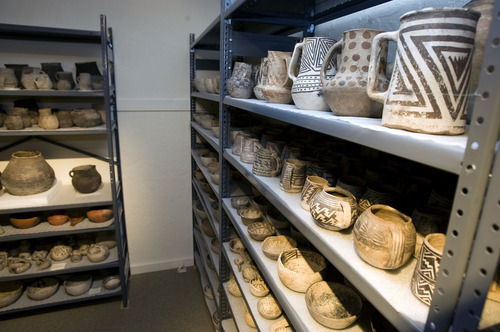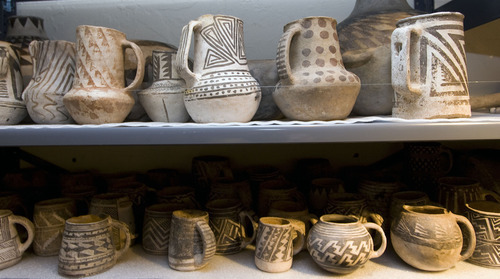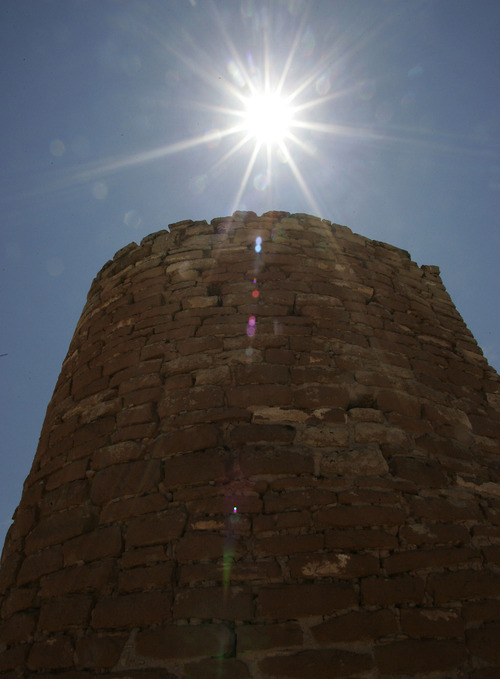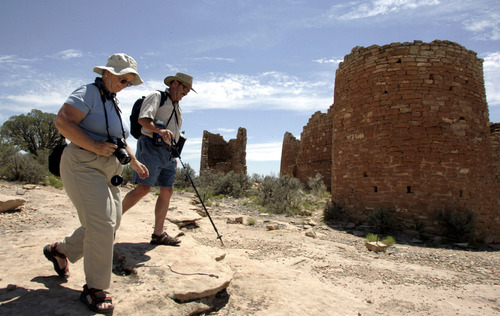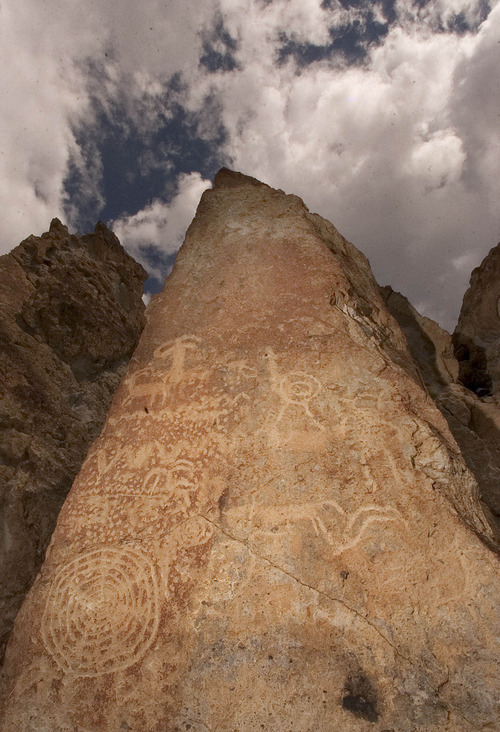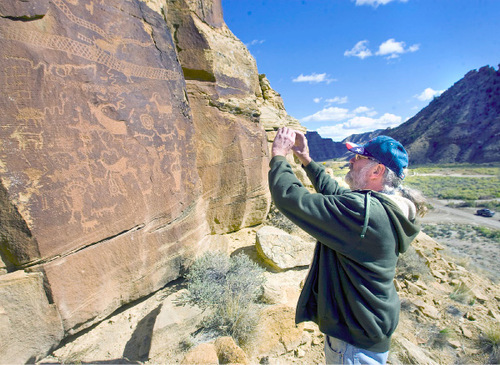This is an archived article that was published on sltrib.com in 2011, and information in the article may be outdated. It is provided only for personal research purposes and may not be reprinted.
Utah's former state archaeologist says that the state's rich cultural heritage has lost its voice with the firing this week of three archaeologists as a cost-cutting move.
David Madsen, now a private researcher based in Texas, articulated a view shared by many of those familiar with Utah's archaeological resources.
"You have to have somebody," he said, "who can speak up on behalf of all of us."
For scores of Utahns and archaeology enthusiasts around the world, eliminating the positions will have significant impact.
Margene Hackney, twice the past president of the Utah Statewide Archaeological Society, was "horrified" to learn of the layoffs of State Archaeologist Kevin Jones, his deputy, Ronald Rood, and physical anthropologist Derinna Koop. She doubts the feasibility of the state's plan to hire one person to do the jobs of three. Rood and Jones, she said, built a small army of volunteer archaeology enthusiasts that now helps "save the past for future generations."
Rood helped Hackney, a schoolteacher, with "Mammoth Mania," a youth project associated with the excavation of a 15,000-year-old skeleton in Huntington Canyon.
"We do not know where we are going to fit in, if at all," Hackney said of the 250-member society. "We can't do anything without an archaeologist."
State officials said the layoffs were strictly driven by the budget. They denied any connection between the eliminated positions and the antiquities team's role in many delicate issues — from the excavation of the Mountain Meadows Massacre site in southern Utah to the relocation of a planned commuter-rail stop and mixed development on an ancient village site in Draper.
Lawmakers didn't discuss any development versus archeology conflicts when making cuts, said Sen. Ralph Okerlund, R-Monroe, chairman of the Senate Natural Resources, Agriculture and Environment Committee.
"To balance the budget, Okerlund said, "we have to make tough choices."
Kristin Kuckelman, senior research director for the Crow Canyon Archaeological Center in Colorado, questioned whether the downsized Utah antiquities office will be able to adequately carry out all its required duties, which include overseeing permits for archaeological sites as well as the remains-repatriation program and outreach.
She wonders if the state is being "penny wise and maybe resource foolish" and taking a big risk that archaeological resources are lost forever because of understaffing and poor management.
"Those resources don't just belong to Utah, they belong to everybody," Kuckelman said. "Some things are irreplaceable. Dollars are replaceable, but artifacts are not."
Byron Loosle, a U.S. Bureau of Land Management archaeologist whose work encompasses federal sites in Utah, said the state has some of the nation's most spectacular archaeological resources.
"It just captures the public imagination, the rock art and the ruins we have," he said, noting that the stewardship programs grew out of a cooperative agreement aimed at halting destruction of the sites. "The education and outreach are important for what we do."
Ann Hanniball, associate director of the Utah Museum of Natural History, said the state archaeology team was important in helping the museum collect and manage antiquities in its collection of more than 1.2 million objects. A key role was in helping the proper handling of American Indian remains, she said.
Deanne Matheny, a member of the Board of State History, is an anthropologist who taught for a time at Brigham Young University and who is married to anthropologist and BYU professor emeritus Ray Matheny. She's worked in Mexico, Guatemala and the Mideast.
She said that public-education and outreach efforts of the antiquities office were vital.
"They were people who could advocate for the cultural resources in Utah," she said, "because [the resources] can't advocate for themselves."
Although she understands the state's budget concerns, Matheny added: "It's a sad day to lose those positions."
New job listing for archaeologist
The state is taking applications for a new, consolidated position through next Thursday. Here are the basics:
Forensic scientist II •This position manages the human-remains program for the Division of State History. Incumbent is tasked with the recovery, analysis and determination of cultural affiliation of ancient human remains recovered from private and state lands in Utah (UC 9-8-309 and UAC R212-4). The incumbent works closely with medical examiner and law enforcement personnel on discoveries of human remains. Additionally, the incumbent is tasked with training archaeologists, land managers, state agency personnel and law enforcement personnel on appropriate Utah code and protocol for human-remains discoveries. Shifts: day, swing, grave, rotating. Education: None.


